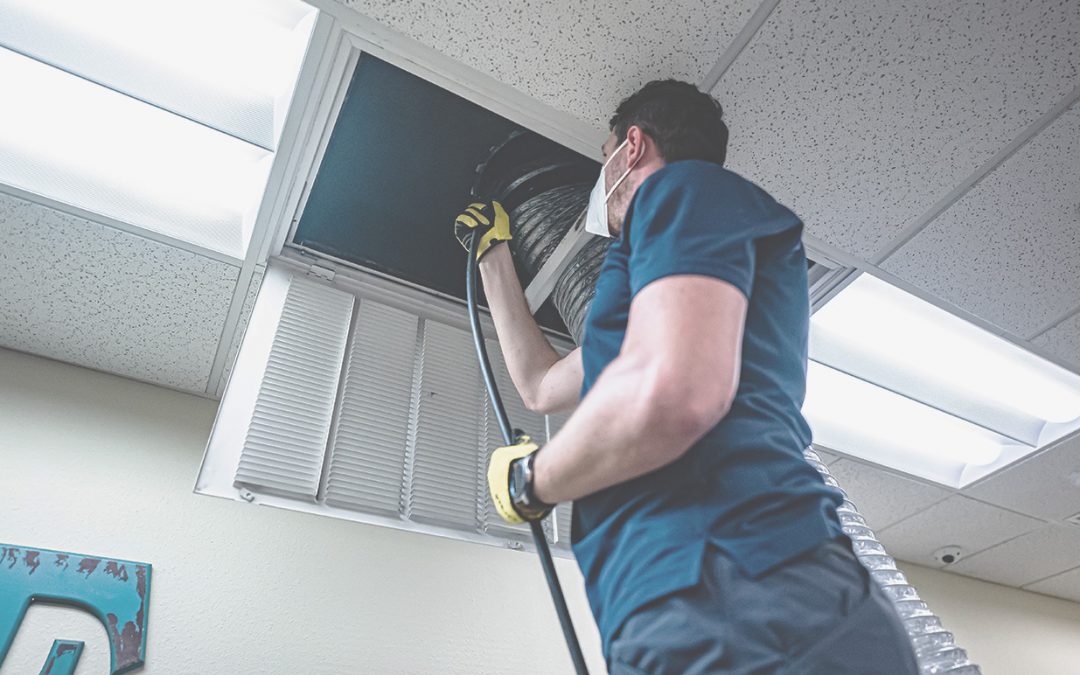Clogged or damaged air ducts can lead to issues like reduced air flow and circulation, dirtier indoor air, higher utility bills and even mold growth. However, there are proactive steps you can take to prevent problems and keep your ducts running smoothly.
Replace Air Filters Regularly
Firstly, replacing or cleaning air filters monthly during high use seasons is essential. Furnace filters trap contaminants before they enter ducts, helping prevent buildup over time. Higher MERV-rated filters capture even finer particles that standard filters miss. Change filters more often if you have allergies or pets for maximum dust removal before it reaches ducts.
Seal Any Duct Leaks
Next, locate and seal any noticeable air leaks in your ductwork using duct sealant and tape. Even small holes or tears allow dust and allergens to enter ducts while also wasting energy. Signs of leaks include musty odors, dusty areas distant from vents and higher utility bills. Have ducts professionally tested and sealed if needed to ensure maximum efficiency and cleaner air.
Inspect Supply Vents Regularly
Furthermore, check air supply registers and vents for debris buildup that can restrict air flow. Clean vents using a vacuum and brush attachment or wipe them down with a damp microfiber cloth. Make sure no furniture blocks vents to allow conditioned air to circulate freely throughout rooms for optimal comfort.
Vacuum Heat Returns Often
Additionally, vacuum exposed heat returns and floor grilles at least twice per year. Debris like pet hair and dust accumulate quickly in these spaces, potentially entering ducts if not removed regularly. Cleaning returns helps keep contaminants from migrating further into ductwork, making regular professional cleanings less critical.
Hire Professionals for Inspections
Overall, contract with an HVAC company for annual duct inspections to identify any damage or leaks that you may miss. Professionals can also provide a comprehensive cleaning of your entire duct system every 3 to 5 years to fully remove built-up contaminants and residue. Their expertise ensures your ducts remain clean and operating at peak performance for many years.
In summary, simple but regular maintenance practices like changing air filters, sealing any duct leaks, vacuuming vents and heat returns, and scheduling HVAC check-ups can go a long way in preventing common air duct problems. Following these proactive steps will help keep your ducts and overall ventilation system clean and running efficiently with minimal disruption or costly repairs.

